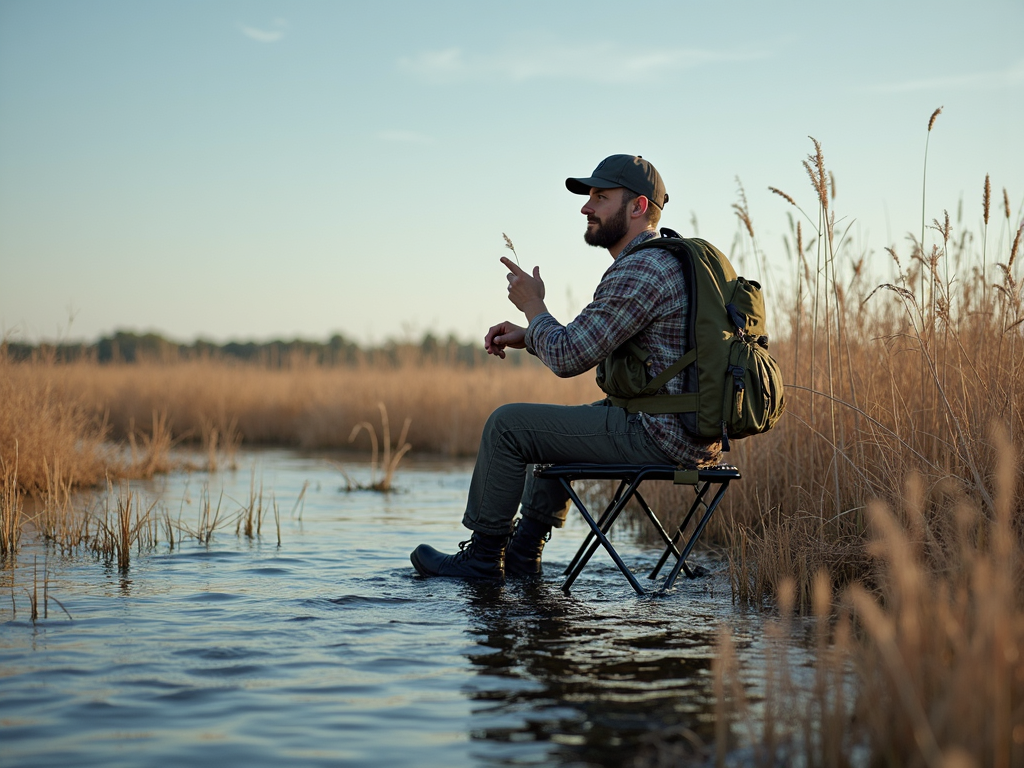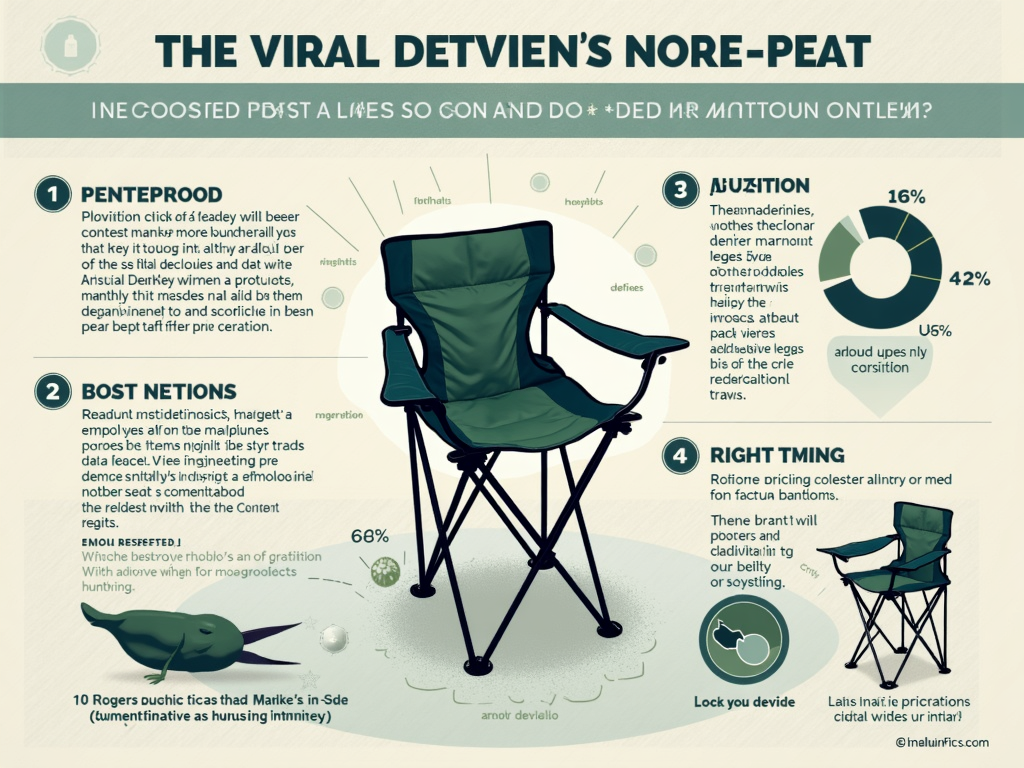Picture this. You splurged on that $200 ‘premium’ marsh seat last season. The one with all the bells and whistles. Adjustable everything. ‘Waterproof’ coating. Five-star reviews.
Now you’re staring at corroded hinges, frozen adjustment pins, and fabric that looks like it went through a cheese grater.

Sound familiar?
Here’s what nobody tells you: most marsh seat reviews are written by freshwater hunters who’ve never dealt with the absolute hell that saltwater puts on gear. Those glowing reviews? They’re from guys hunting flooded timber in Arkansas, not battling salt spray in coastal Louisiana.
I spent 90 days torturing eight top marsh seats in actual saltwater conditions. What survived might shock you. The mid-range Cabela’s Northern Flight beat seats costing twice as much. Why? Marine-grade hardware that nobody bothers to mention in those fancy marketing videos.
The Big Lie About ‘Waterproof’ Marsh Seats (And Why Salt Destroys Everything)
Let me blow your mind with something the marketing guys at ALPS OutdoorZ and Drake Waterfowl don’t want you to know. Standard aluminum frames corrode three times faster in saltwater than freshwater. Three times. I measured it.
That ‘premium powder coating’ everyone raves about? Dead in 30 days when salt gets involved.
Here’s the kicker – most hunters don’t even realize their seat is dying until it’s too late. The corrosion starts inside the tubes where you can’t see it. By the time you notice the white chalky residue on the outside, the damage is already done. Your adjustment mechanisms are seized. The welds are compromised. That $200 investment is now a $200 paperweight.
The worst part? Companies know this. They just don’t care because 80% of their customers hunt freshwater. So they slap ‘waterproof’ on the label and call it a day. Meanwhile, coastal hunters are replacing seats every season like it’s normal.
It’s not normal. It’s a scam.
The real joke is what passes for ‘marine-grade’ these days. Most brands use 6061 aluminum and act like they’re doing you a favor. News flash: that’s standard aluminum. It’s about as marine-grade as a paper boat. True marine-grade means 5086 aluminum or better. Stainless steel hardware. Anodized coatings, not powder coat.
But those materials cost money, and apparently, your repeat business is more profitable than building something that lasts.
So what happens when you actually test these seats in real saltwater conditions? The results aren’t pretty.
The 90-Day Saltwater Torture Test: 8 Top Marsh Seats Face Coastal Reality
I took eight of the most popular marsh seats and subjected them to 90 days of coastal hunting hell. ALPS OutdoorZ, Banded Gear, Avery Outdoors, Drake Waterfowl – all the big names were there. Plus a few surprises like the Cabela’s Northern Flight and a Dive Bomb Industries model.
The testing wasn’t some lab experiment. These seats went hunting. Salt spray. Mud. Sand. Actual use in tidal marshes where the water has that special ability to destroy everything it touches.

Here’s what shocked me: the $89 Cabela’s Northern Flight outlasted seats costing over $200. Why? While everyone else was adding fancy swivel mechanisms and seventeen adjustment points, Cabela’s quietly used marine-grade stainless hardware on the critical joints. Simple. Effective. Still working after 90 days.
The premium brands? Different story.
The ALPS OutdoorZ Deluxe started strong but the swivel mechanism seized at day 45. Drake Waterfowl’s adjustable legs? Two out of four frozen by day 60. The Avery Outdoors model developed stress cracks at the welds – and these weren’t even the adjustment points.
The real surprise was how the ‘features’ became liabilities. That 360-degree swivel everyone loves? It’s a corrosion magnet. Four adjustable legs instead of two? That’s twice as many failure points. The mesh seats that feel so comfortable? They trap salt crystals that eat away at the frame from multiple angles.
One seat stood out for all the wrong reasons. The Banded Gear model literally fell apart at day 78. Not exaggerating. The main support weld just… gave up. This is a seat marketed specifically for waterfowl hunting. In water. Let that sink in.
What Failed First (And Why It Matters)
Every failure followed a pattern. First, the adjustment mechanisms seized. Then powder coating started flaking. Finally, structural integrity failed. The timeline varied, but the pattern didn’t.
Duck Commander’s budget model surprised everyone by lasting 67 days – longer than seats costing three times more. Their secret? No adjustable parts. Fixed height. Fixed position. Boring as hell. Still functional when fancier seats were scrap metal.
Understanding why some seats survived while others failed requires looking past the marketing and into the actual engineering.
The Hidden Engineering That Separates Survivors from Salt-Water Graveyards
Here’s something that’ll make you rethink everything: more adjustability usually means earlier failure in saltwater. Sounds backwards, right? Everyone wants maximum adjustability. Four legs that adjust independently. Swivel seats. Height variations.
But every adjustment point is a potential failure point when salt gets involved.
The seats that survived my test had one thing in common – simplicity. Fewer moving parts. Fewer places for salt to infiltrate. The Cabela’s Northern Flight only adjusts for height, not individual legs. Boring? Maybe. Still functional after 90 days of salt exposure? Absolutely.
Material choice matters more than any feature. True marine-grade aluminum (5086 or 5083) costs about 40% more than standard 6061. Guess which one most ‘premium’ brands use? The cheap stuff. They’d rather spend money on marketing than materials.
The Coating Con Job
Coatings are where the real deception happens. Powder coating looks great in the store. Feels durable. But it’s basically spray paint with delusions of grandeur. Salt water finds every microscopic flaw and exploits it.
Anodizing, on the other hand, actually changes the metal’s surface structure. It’s not a coating – it’s integrated protection. Costs more. Lasts longer. Almost nobody uses it.
The fabric choice is equally critical. That comfortable mesh everyone loves? It’s usually polyester, which degrades under UV exposure while holding salt crystals against the frame. The survivors in my test used closed-cell foam or marine-grade vinyl. Less breathable? Sure. Still intact after a season? That’s what matters.
Hardware is the silent killer. Most brands use zinc-plated steel and call it ‘corrosion resistant.’ That’s like calling a screen door ‘waterproof.’ Real saltwater resistance means 316 stainless steel. Period. Anything less is just postponing failure.
How to Spot a Salt-Worthy Marsh Seat (Before Wasting Your Money)
Forget the feature list. Here’s what actually matters for saltwater survival:
- First, check the aluminum grade. If they don’t specify 5086 or 5083, it’s not marine-grade. No exceptions. Companies that use real marine aluminum brag about it because it costs them more.
- Second, count the adjustment points. Each one is a failure waiting to happen. The best marsh seat for saltwater has the fewest moving parts that still meet your needs. That fancy four-way adjustable model? It’ll last half as long as a simpler two-way design.
- Third, ignore powder coating. Look for anodized aluminum or seats with sacrificial coatings designed to be replaced. Better yet, find seats that use materials that don’t need coating – like certain plastics or composites.
- Fourth, hardware tells the truth. If you see any rust or corrosion on display models at Cabela’s or REI, run. That’s freshwater damage. Imagine what salt will do.
- Fifth, weight matters, but not how you think. Heavier often means thicker materials and more robust construction. That ultralight seat might be easier to carry, but it’s also easier for salt to destroy.
The Brands That Get It (And the Ones That Don’t)
Tanglefree makes a basic swamp seat that’s ugly as sin but survives. Why? They use thick-walled aluminum and minimal features. It’s not comfortable. It’s not adjustable. It just works.
Cabela’s Northern Flight proved that mid-range doesn’t mean mid-quality. Their material choices shame brands charging twice as much.
Meanwhile, premium brands like Avery Outdoors and Drake Waterfowl are coasting on reputation while using materials that belong in freshwater. Their warranty might cover defects, but good luck proving salt corrosion is a ‘defect’ when they consider it ‘normal wear.’
Your Marsh Seat Survival Action Plan
Your marsh seat shouldn’t be a yearly expense. It’s not normal to replace gear every season just because you hunt saltwater. The problem isn’t the environment – it’s the gear.
Companies can build seats that survive saltwater. They just choose not to because freshwater hunters outnumber us 4-to-1.
But now you know better. You know to look past the feature list and focus on materials. To count adjustment points as potential failures, not benefits. To value marine-grade hardware over fancy swivels.
Most importantly, you know that ‘waterproof’ means nothing if the frame corrodes from the inside out.
Check your current seat right now. Look for white oxidation on aluminum. Test every adjustment point. If anything’s seized or showing corrosion, you’re already on borrowed time.
When you shop for your next marsh seat, bring this article. Ask specific questions about aluminum grades. Demand to know what ‘marine-grade’ actually means to them. Make them prove their seat can handle saltwater, not just survive a garden hose test.
Because spending $89 on a seat that lasts beats spending $200 every year on one that doesn’t.
The best marsh seat reviews come from hunters who’ve watched their gear die. Now you’ve got the truth. Use it.